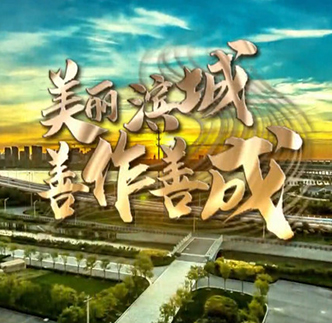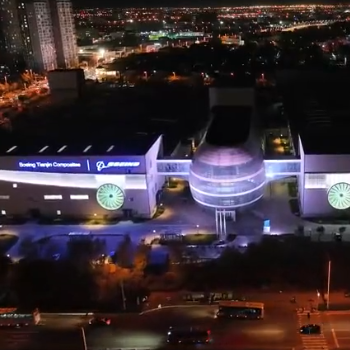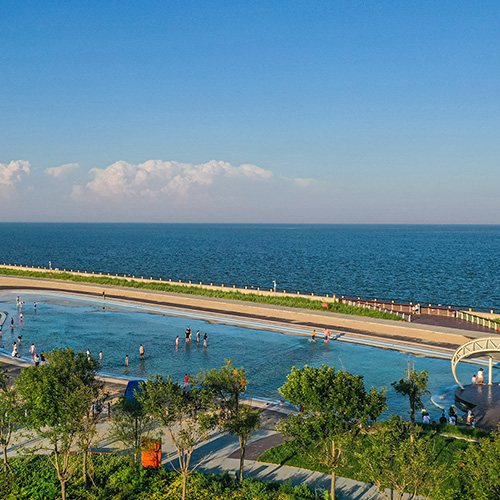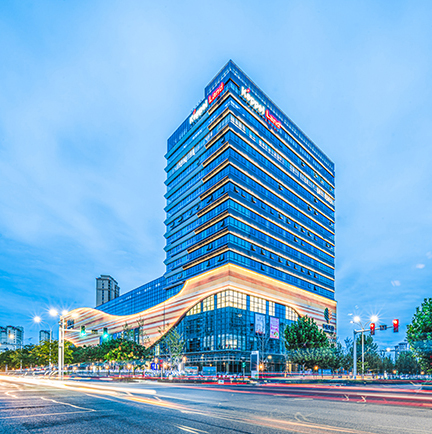Binhai New Area
BHNA at a Glance
Binhai New Area (BHNA) is located on the eastern coast of Tianjin, with views of Japan and South Korea across the ocean. BHNA spans 359 kilometers of coastline and covers an area of 2,283 square kilometers, with wetlands spreading an impressive 674 square kilometers. It is a national-level new area with a highly internationalized business environment and developed economy. BHNA has five national-level development zones and 21 towns, and its total population is estimated at 2.42 million people.
The area has a mild monsoon-like climate with four distinct seasons. The average temperature is 14.0℃, and the annual precipitation is 782.6 millimeters. BHNA is rich in petroleum and natural gas resources. The Dagang oilfield on land and the Bohai oilfield offshore have made BHNA China's top oil-producing region. The Binhai region boasts a history of over 2,300 years, characterized by a culture rooted in patriotism, innovation, industry, and maritime activities. The Chinese Self-Strengthening Movement in the 19th century and the more recent modernization process both began here. China's modern chemical industry, represented by salt-alkali manufacturing, also originated in this area.
Transportation
BHNA has convenient sea, land, and air transportation. Tianjin Port connects to over 500 ports in more than 180 countries and regions, with an annual container handling exceeding 22 million standard containers, ranking it eighth in the world. Tianjin Binhai International Airport is a major cargo hub in northern China with 161 domestic and international passenger routes. There are four high-speed railway stations, and one international cruise terminal in BHNA. Additionally, 15 expressways run through the area, and the Beijing-Tianjin intercity bullet train takes just an hour to reach Beijing.
Culture and Tourism
BHNA has numerous cultural facilities, including performing arts theaters, libraries, art galleries, and museums. BHNA offers a variety of activities for visitors looking for cultural and recreational experiences. As proof of its rich history, there are many historical sites that dot the city, such as Dagukou Fort, Tanggu South Station, Taku Naval Dockyard and the Golden Sea Research Institute of Chemical Industry. The Binhai Library, the National Marine Museum, Chow Tai Fook Financial Center, Binhai TEDA Aircraft Carrier Theme Park and Haichang Polar Ocean Park have also become popular tourist destinations.
Economy and Technology
Home to 380,000 market entities, BHNA is the largest advanced manufacturing and R&D base in northern China. The region boasts over 80 companies with annual revenue exceeding 1.39 billion U.S. dollars each. More than 1,000 investment projects from the world's top 500 companies are located here, and the industrial output value of large-scale industries exceeds 150 billion U.S. dollars. There are over 50 listed companies and over 4,900 national high-tech enterprises in BHNA. The area is known for its eight major industries: information and communications technology, biotech and life sciences, new energy, new materials, aerospace, equipment manufacturing, green petrochemicals, and automobiles.
Aerospace is a key innovation industry in BHNA, which is home to production facilities for the Long March rocket family, the Tiangong space station, the Airbus A320 Family, and more. The National Supercomputing Center provides powerful computing services to global enterprises. BHNA has more than 30 national key laboratories and research centers which provide a foundation to create new manufacturing products. In 2014, the China (Tianjin) Pilot Free Trade Zone was established in BHNA, focusing on five areas: administrative management, investment, trade, finance, and promotion of the coordinated development of the Beijing-Tianjin-Hebei region. More than 600 institutional innovations have been implemented in the pilot zone.
Healthcare
BHNA has 68 public medical institutions, including 10 national-level top-grade hospitals, 33 community health service centers, and seven public health institutions, as well as over 600 private clinics. The area has achieved a ratio of 5.3 hospital beds, 3.6 doctors, and 3.39 nurses per 1,000 people. The TEDA International Cardiovascular Hospital has successfully developed the “HeartCon”, an artificial heart with full independent intellectual property rights.
Education
Education is highly valued in BHNA. Education expenditures account for about 12.25% of BHNA's government spending. The area has 314 kindergartens, 197 primary and secondary schools, and several premium higher education institutions, such as Nankai University Binhai College, the Tianjin University of Science and Technology Binhai Campus, and the Tianjin Juilliard School, as well as seven vocational colleges.
Prospects
BHNA is an area with a long-term development plan. The area will deepen regional exchanges and cooperation with Beijing and Hebei province, continuously promote ongoing reform and opening-up, encourage fair competition, foster technological innovation and industrial agglomeration and protect the ecological environment. BHNA aims to continue to enhance urban management; it will also explore green and low-carbon development, strengthen the integration of port and city development and improve urban infrastructure. Adhering to the principles of rule of law, integrity and efficiency, BHNA is dedicated to creating an internationally acclaimed business environment that is an attractive place to live, visit and work.
National-level Development Zones
Tianjin Economic-Technological Development Area (TEDA), established in 1984, is positioned as the core area of Tianjin's and BHNA advanced manufacture and R&D base, and focuses on new-generation information technology, chemical new materials, automobiles, high-end equipment, and bio-medicines.
Tianjin Port Free Trade Zone, established in 1991, is positioned as a world-class free trade zone, focusing on high-end equipment manufacturing, the food industry, the marine economy, transportation equipment manufacturing, bulk commodity trading, and modern services.
Tianjin Binhai Hi-Tech Industrial Development Zone, established in 1988, is positioned as a world-class high-tech industrial park, focusing on information technology, bio-pharmaceuticals, new energy, high-end equipment manufacturing, and modern services.
Tianjin Dongjiang Free-Trade Port Zone, established in 2006, is positioned as the core functional area of the Northern China International Shipping Center and the National Leasing and Import Trade Promotion Innovation Demonstration Zone. It focuses on industries such as financial leasing and commercial factoring, the platform economy and port-related industries.
China-Singapore Tianjin Eco-city, established in 2008, is positioned as a national demonstration zone for eco-development and focuses on AI technology, cultural tourism, medical health and green architecture.
- Links
- Exploring Tianjin
- Tianjin Gov






















